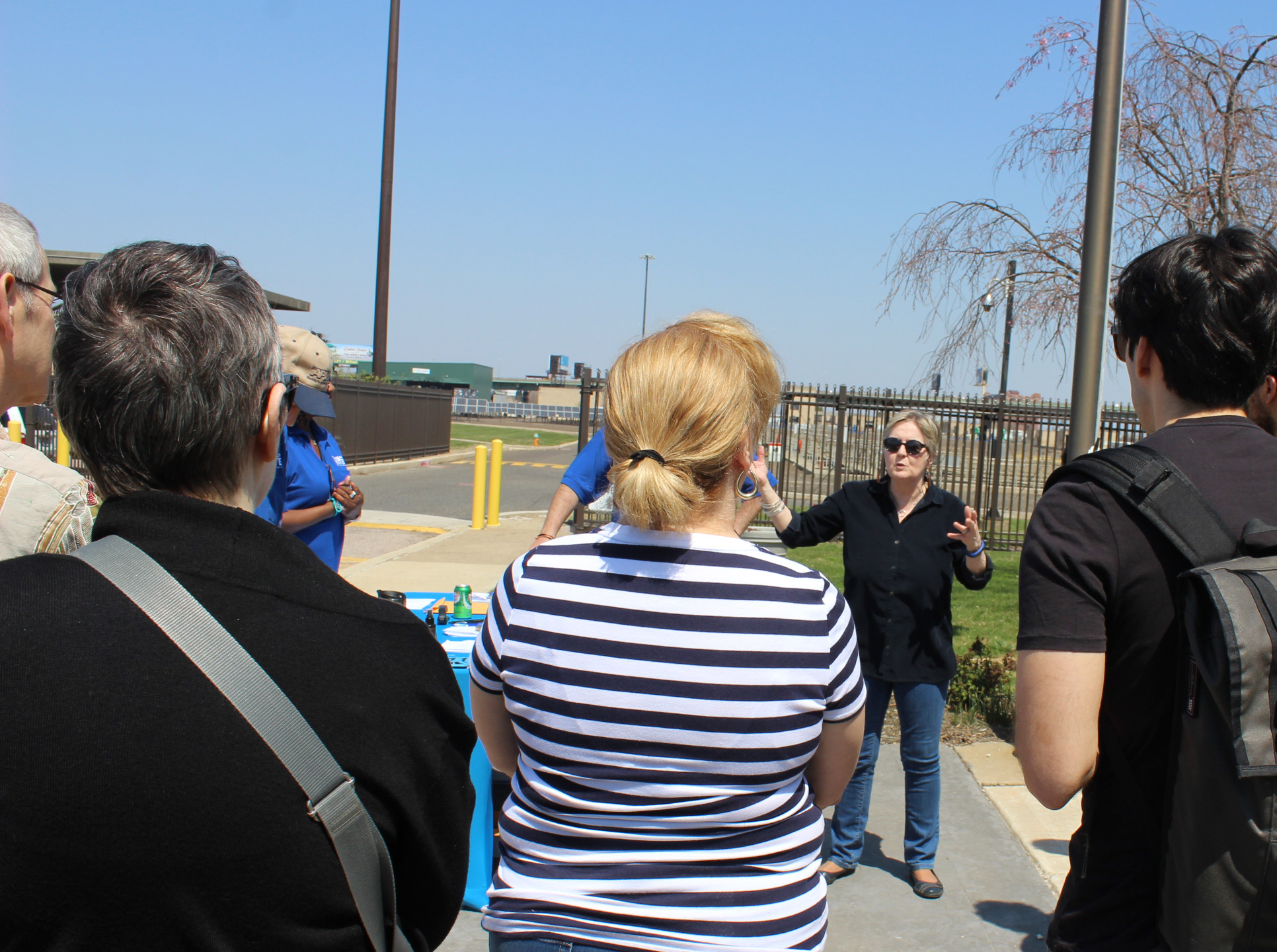After months of public and technical hearings that allow Philadelphia to transparently set rates for the water, sewer, and stormwater services we provide, our customers will see the result of that process on their September bills.
The independent Water Rate Board officially approved new rates in July for the next two years.
For a typical residential customer with a current monthly bill of $66.50, their bill will decline slightly to $66.33 in Fiscal Year 2019 due to a reduction in the monthly customer service charge.
The typical customer’s bill—representing nearly 3,740 gallons (500 cubic feet) per month—would then increase by 86 cents to $67.19 in Fiscal Year 2020.
The rate changes for FY 2019 went into effect on September 1, 2018; the rate change for FY 2020 will show up on bills after September 1, 2019.
How will my monthly bill change?
| How the rate change affects a monthly bill for a typical 1 residential customer | |||
|---|---|---|---|
| Date | Increase of monthly bill |
Additional monthly water & sewer charge | Average monthly bill total1 |
| before Sept. 1, 2018 |
n/a | n/a | $66.50 |
| Sept. 1 2018 | -0.3% | ($0.17) | $66.33 |
| Sept. 1, 2019 | 1.3% | $0.86 | $67.19* |
1. A typical customer uses 500 cubic feet (cf) with a 5/8″ meter.
* Subject to change
Overall, those changes allow for revenue increases of 1.33% in FY 2019 and 1.20% in FY 2020.
In a recent announcement, the Water Rate Board said they “sought to balance the cost to customers along with the critical infrastructure and financial needs of the Water Department” when determining the new rates.
We proposed the changes because, as a public water, sewer and stormwater provider that gets no funding from taxes, our rates are based on what it costs to guarantee safe, reliable water and protect our waterways. As costs for staff, energy, materials, and other expenses go up, so do rates.
Why the change in rates?
As one of the nation's longest running water providers, replacing and repairing infrastructure is a never-ending job that is only made possible by revenue from water bills. Those funds allowed us to quickly repair over 625 main breaks experienced this winter alone.
More on the 2018 Rate Change Process:
Customers can see the full rate determination and related documents, including transcripts from public and technical hearings and comments submitted by other customers and organizations, on the Water, Sewer, and Storm Water Rate Board's website.
View the 2018 Rates Proceeding →
Highlights: New Rates Support Popular Green Investments + Help for Residents
Cleaner Water, Greener Philly: Under the new rates, we will be able to ensure needed funding for the Green City, Clean Waters program—an unprecedented effort to eliminate most of the pollution from stormwater runoff and sewer overflows we experience today by building green tools like rain gardens in neighborhoods and upgrading our sewers and treatment plants.
Federal law requires Philadelphia to take on this challenge because those pollution sources are two of the biggest concerns for local water quality that remain after decades of improvements from sewage treatment plant improvements and Clean Water Act regulations.
Green City, Clean Waters represents one of the largest infrastructure investments we’ve made in a generation, and the reward will be invaluable: local rivers and streams that are cleaner than they have ever been in our lifetimes.
Expanded Assistance: The new rates will also create a strong foundation for new income and hardship-based assistance options offered through the Tiered Assistance Program (TAP) to help customers struggling to pay bills and keep their water flowing.
These new programs for helping struggling customers, seen as a model for utilities around the nation, were introduced in July 2017 and add to long-standing assistance programs like senior discounts and payment agreements.
Through TAP, customers with incomes at or below 150% of the Federal Poverty Level can receive lower bills that are based on a percentage of their income, rather than the full rate. Help is also available for customers who have experienced a “special hardship.”
Hardships that could qualify for a lower monthly bill include the death of a primary household income earner, being hospitalized, losing a job and other situation that make it hard to stay current on water bills.
Get help with your bill:
Our assistance programs have grown to help more customers than ever. You can apply online, by mail, or with in-person help at Neighborhood Energy Centers (NECs) and other sites. Get in-person help with your application at over two dozen locations.
